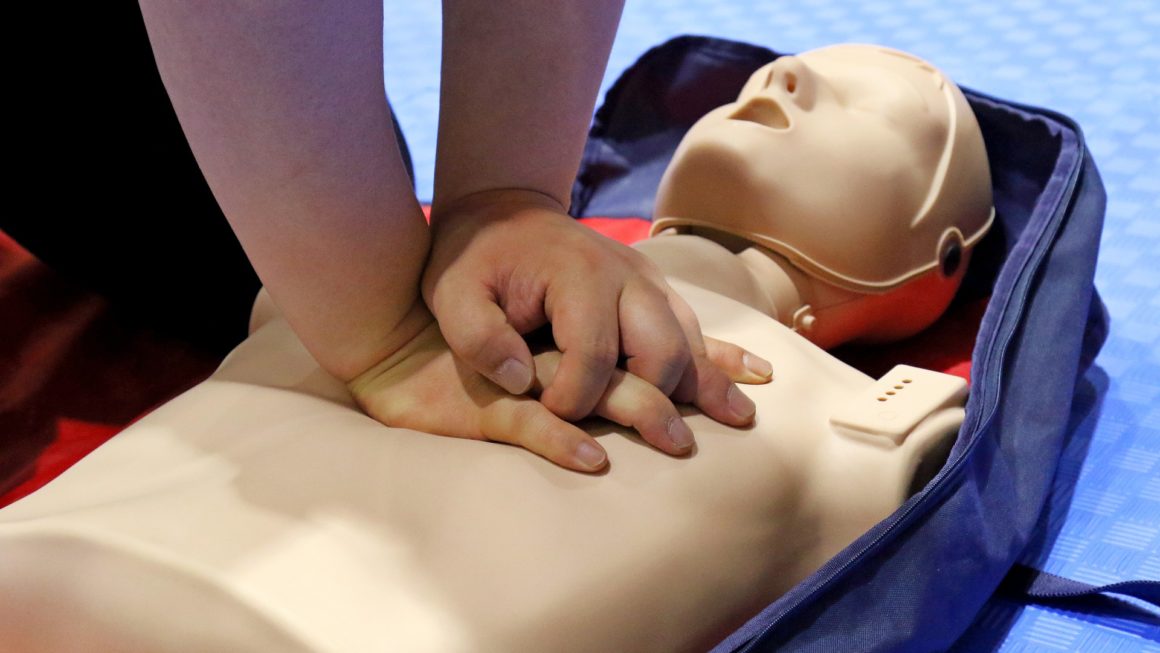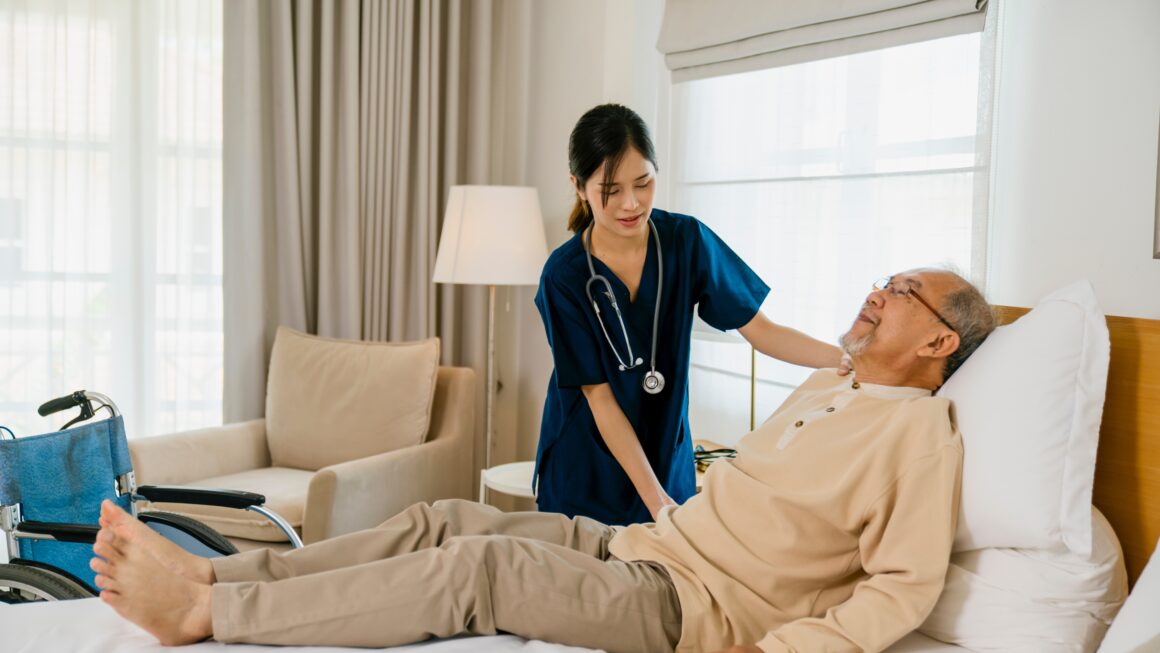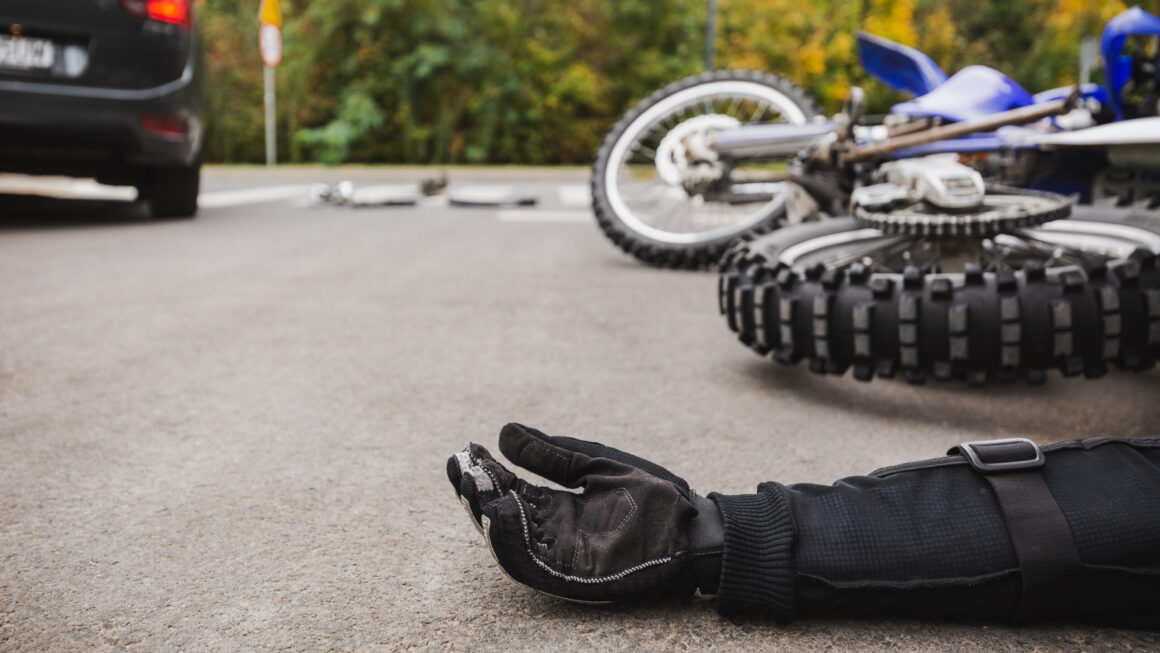Cardiopulmonary resuscitation (CPR) is a medical procedure. Cardiopulmonary resuscitation is administered to prevent brain damage when a person stops breathing or their heart stops.
Each year, cardiac arrest claims over 475,000 lives in the United States. Promptly administering CPR can make the difference between life and death, which is why it’s crucial people know how to perform CPR correctly. Use the tips outlined here to ensure you’re ready to perform CPR in an emergency.
Take a CPR course.
Certified CPR courses teach approved methods for administering CPR. Traditionally, giving CPR involves giving a person chest compressions and breaths. Chest compressions perform crucial tasks a person’s heart can’t perform when it stops, such as pumping blood through the person’s body. Rescue breaths prevent brain damage by ensuring the person receives oxygen. CPR instructors teach students how to assess the situation, perform chest compressions, check the person’s airway, and give rescue breaths. Instructors cover how to administer CPR to adults, children, and infants.
Students taking an online course can also learn how to use an automated external defibrillator (AED). An AED delivers an electrical shock to a person in cardiac arrest. Taking an online class in CPR is an effective way of earning your CPR certificate and ensuring you have the skills and knowledge needed to perform CPR correctly in an emergency.
Learn how to use a symptom checker.
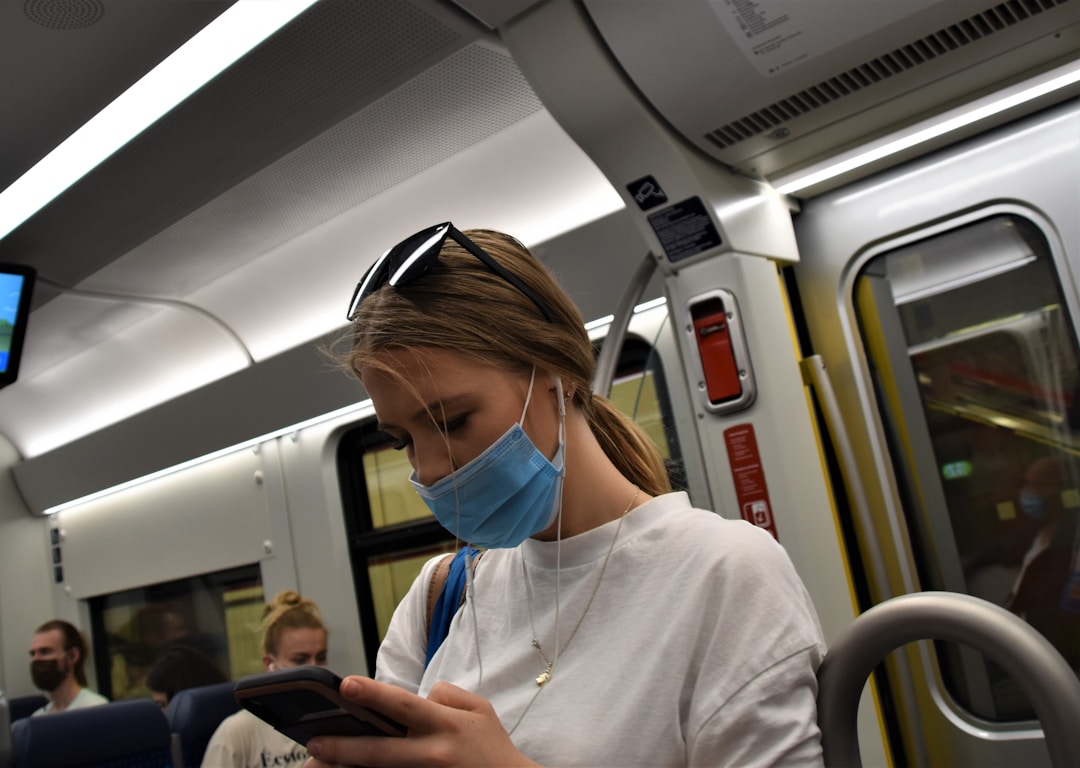
When responding to a medical emergency, the first step is to assess the situation. The symptoms a person experiences may differ based on the root cause. Using a medical symptom checker can help determine if the person presents coronavirus symptoms, heart attack symptoms, or symptoms of a stroke. The symptom checker prompts you to enter the patient’s symptoms, such as abdominal pain, a sore throat, or shortness of breath.
Once you enter all the symptoms, the symptom checker produces a list of potential causes. The symptom checker divides the potential causes into different lists based on the likelihood that the medical condition listed is affecting the patient. Understanding the possible causes can help support a medical diagnosis and ensure you provide the correct emergency care.
Take a first aid course.

In addition to earning your CPR certification, you can also take a first aid course that includes CPR training. First aid training offers a broader range of medical training because first aid is used to respond to a greater number of medical issues. First aid training equips you to provide emergency care to people suffering from lacerations, fractures, head trauma, and spinal cord injuries.
The extensive training you receive from a first aid course ensures you’re equipped to determine if a patient’s suffering from shock or if there may be other factors affecting their condition, which can help you make better decisions about how to treat patients.
For example, rescue breaths aren’t always necessary, depending on the reason the patient stopped breathing. Earning a first aid certificate increases the amount of health information you’re familiar with and improves your ability to administer CPR effectively.
Build up your muscle strength and endurance.

First responders may struggle with fatigue after administering CPR for a prolonged period. You can reduce the possibility fatigue will be an issue by building up your muscles to ensure you’re ready to perform chest compressions. You use more than arm muscles to administer CPR. Hip, thigh, back, and abdominal muscles all play a role when you give chest compressions. A comprehensive strength training program ensures you have the muscle strength required to give CPR for as long as possible.
Strength training ensures you build strong muscles. Endurance training ensures your muscles can function for prolonged periods. To effectively administer chest compressions, you need both. While strength training may involve lifting heavier weights, endurance training involves performing multiple repetitions.
Use personal protective equipment (PPE).
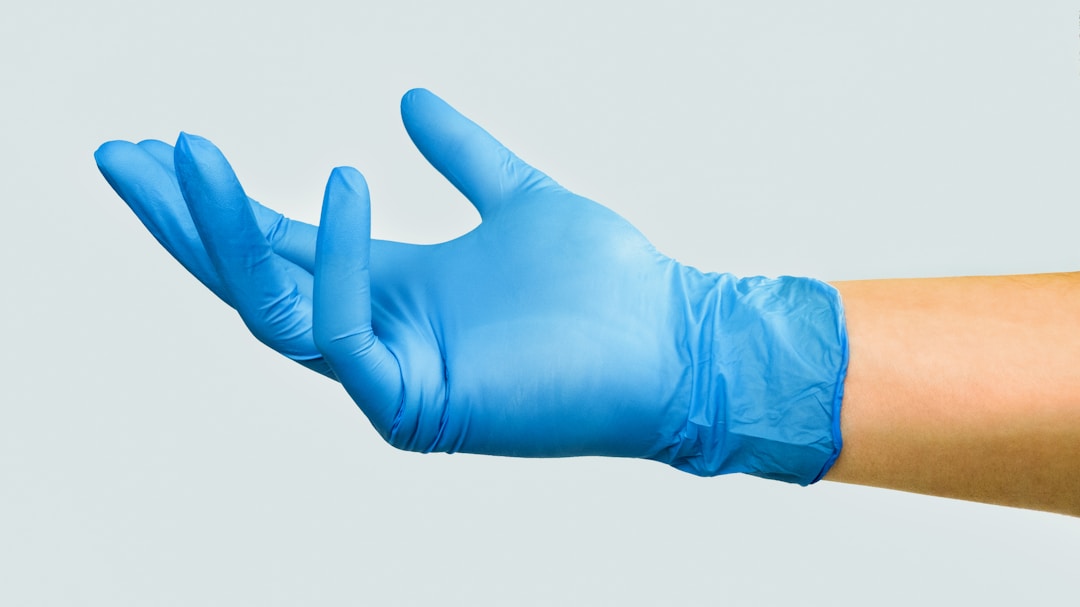
Keep PPE, such as gloves and mouth guards, on hand. Using PPE ensures you have essential resources to administer cardiopulmonary resuscitation safely. PPE protects you from exposure to diseases or toxins affecting patients. PPE also prevents you from passing viruses to the patient.
Giving effective cardiopulmonary resuscitation begins with taking a CPR course. Learn how to administer cardiopulmonary resuscitation to adults, children, and infants. You can improve your ability to perform cardiopulmonary resuscitation by using a symptom checker, taking first aid, building your strength and endurance, and using PPE.

